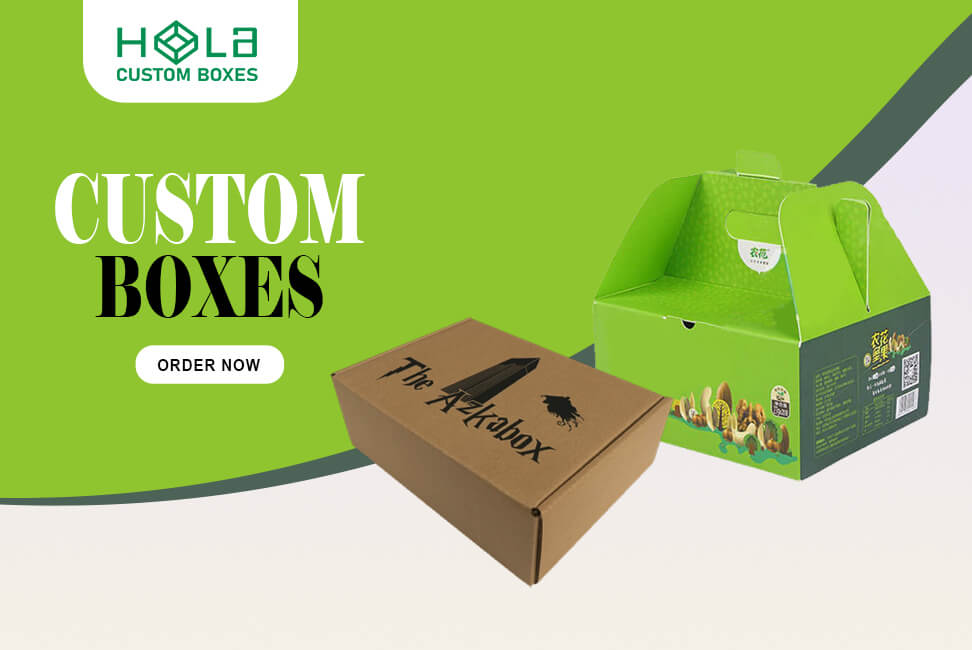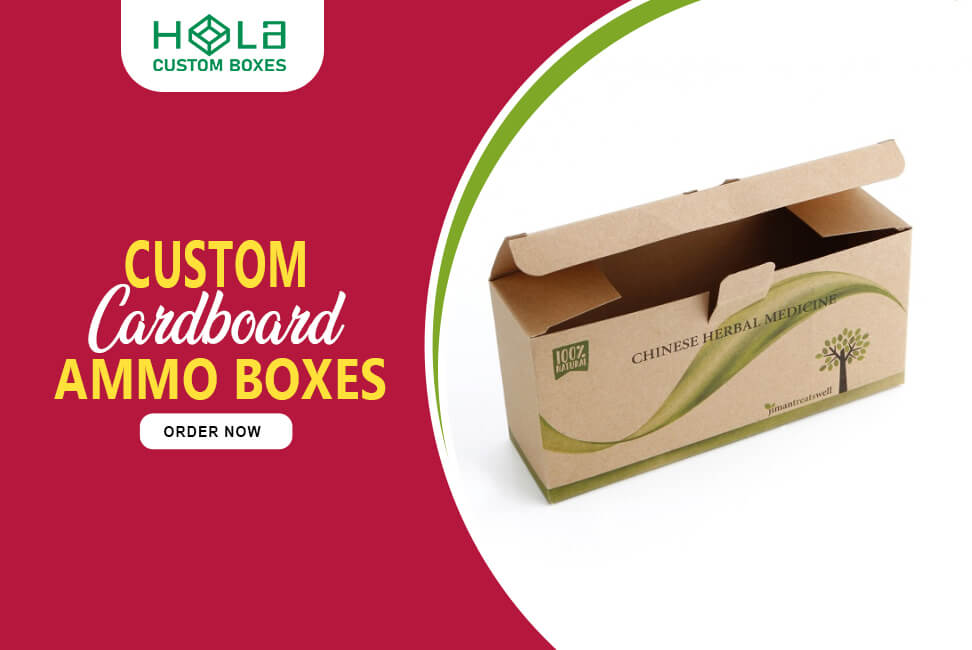The Versatility Of Paper Grades For Packaging
2025-12-12 08:23:38
Have you ever wondered how the packaging of your favorite products is created? The answer lies in the versatility of paper grades for packaging. Paperboard, a durable and flexible material, is commonly used in packaging due to its ability to be customized for various needs.
This article explores the various paper grades used in packaging and their unique characteristics. From kraft paper to solid bleached sulfate (SBS) paperboard, each grade offers its own advantages and disadvantages in terms of strength, durability, and eco-friendliness. Understanding the properties of these grades is crucial for creating packaging tailored to product weight, durability, and desired aesthetic appeal.
Additionally, the article delves into the distinction between paperboard and cardboard, as well as the special finishes and coatings that can enhance the functionality and visual appeal of packaging.
By delving into the versatility of paper grades, this article aims to provide valuable insights into the world of packaging materials.
Key Takeaways
- Paperboard is a versatile, durable paper-based material commonly used in packaging.
- There are four popular grades of packaging paper: kraft paper, corrugated board, solid bleached sulfate (SBS) paperboard, and coated paper.
- Each paper grade has unique characteristics and is suitable for different packaging needs.
- Factors such as product weight, shipping distance, and durability should be considered when choosing the appropriate paper grade for packaging.
Popular Paper Grades
The popular paper grades for packaging, including kraft paper, corrugated board, solid bleached sulfate (SBS) paperboard, and coated paper, offer a range of strengths, durability, and printing capabilities.
Kraft paper is an eco-friendly option made from recyclable materials and is commonly used for packaging in industries such as food, cosmetics, and pharmaceuticals.
Corrugated board, known for its high strength and cushioning properties, is primarily used for shipping boxes and product displays.
SBS paperboard is a high-quality grade suitable for retail product packaging due to its pure white color and ability to be coated on one or both sides for special processes.
Coated paper, on the other hand, provides a smooth surface for high-quality printing.
Each paper grade offers sustainable options for paper packaging and finds applications across various industries due to its unique characteristics.
Paperboard vs Cardboard In Custom Packaging Boxes
Paperboard and cardboard are distinct materials used for different applications due to their varying thicknesses and stiffnesses.
Paperboard is a dense, rigid paper-based material commonly used in packaging. It is made by compressing layers of paper pulp fibers together. Paperboard is customizable and comes in different grades, thicknesses, and finishes. It is commonly used for food packaging, cosmetics, and pharmaceuticals.
Cardboard, on the other hand, is used for shipping boxes and product displays. It is thicker and stiffer than paperboard, making it suitable for heavier products and providing greater protection during transportation.
When comparing paperboard and cardboard, factors such as product weight, shipping distance, and durability all play a significant role in determining which material to use.
Additionally, paperboard and cardboard are often compared to plastic packaging. Paperboard is considered more eco-friendly and recyclable, while plastic is known for its durability and moisture resistance.
Types of Paper Grades For Packaging Boxes

One commonly used type of paper-based packaging material is kraft paper, known for its strength and durability, like a suit of armor protecting precious cargo.
Kraft paper is a sustainable packaging option, as it is made from recyclable materials and can be easily recycled. It offers customization options, including different thicknesses and finishes, to suit various packaging needs.
Kraft paper is also eco-friendly as it is biodegradable and does not contribute to environmental pollution. It is commonly used for packaging products like food, cosmetics, and pharmaceuticals.
Additionally, kraft paper is resistant to tearing and moisture, making it suitable for products that require protection from external elements.
Overall, kraft paper is a versatile and sustainable choice for packaging, offering both strength and customization options.
Advantages and Disadvantages Of Different Paperboards
Advantages and disadvantages need to be considered when evaluating the suitability of kraft paper for different packaging needs.
When it comes to environmental impact, kraft paper is a more eco-friendly option than other paper grades like SBS or FBB. It is made from recyclable materials and does not undergo bleaching. This makes kraft paper a more sustainable choice for businesses looking to reduce their carbon footprint.
In terms of cost-effectiveness, Kraft paper is relatively inexpensive compared to other high-quality paper grades. However, it may not be as strong or durable as SBS or FBB, making it less suitable for heavy-duty packaging needs.
Additionally, kraft paper may not have the same aesthetic appeal as other grades due to its natural brown color.
Overall, businesses should weigh the environmental benefits and cost-effectiveness of kraft paper against its potential limitations before choosing it for packaging purposes.
Special Finishes and Coatings
Special finishes and coatings play a crucial role in enhancing the visual appeal and functionality of various paper-based packaging materials. These special finishes and coatings offer a range of benefits that can evoke an emotional response in the audience.
Some of these benefits include:
Enhanced aesthetics: Special finishes such as matte, gloss, and embossing can create a unique, eye-catching appearance, making the packaging stand out on shelves.
Improved durability: Coatings such as spot UV and polyethylene resin provide added protection against tear, water, and grease, ensuring the packaging remains intact during transportation and handling.
Brand recognition: Foil stamping allows the application of metallic or colored foil, which can add a luxurious, premium look to packaging, helping reinforce brand identity.
Customization options: Special finishes and coatings provide opportunities for unique design elements, allowing businesses to create packaging that aligns with their brand image and product positioning.
Special finishes and coatings not only enhance the visual appeal but also offer functional benefits, making them an essential aspect of the packaging design process.
At Hola Custom Boxes, we transform ordinary packaging into extraordinary brand experiences. Our Hexagon Two Piece boxes showcase the versatility of premium paper grades, combining durability with striking design. Crafted from eco-friendly materials and customizable with finishes like matte, gloss, or foil stamping, these boxes not only protect your products but also elevate their shelf appeal. Whether for retail, cosmetics, or specialty items, our packaging solutions blend functionality with sustainability, helping your brand stand out while supporting a greener future. Discover innovation and impact with Hola Custom Boxes.
Frequently Asked Questions
How can I determine which paper grade is best suited to my product packaging needs?
To determine the most suitable paper grade for product packaging, consider factors such as product weight, durability requirements, and moisture resistance. Choosing sustainable options, such as recycled or eco-friendly grades, is also essential for environmentally conscious packaging solutions.
Are there any alternatives to paperboard and cardboard for packaging materials?
Alternative eco-friendly packaging materials include bioplastics, compostable materials, and reusable options like glass or metal. These materials offer sustainable packaging solutions and can serve as alternatives to paperboard and cardboard.
What are the key factors to consider when choosing between paperboard and cardboard for packaging?
When determining the most suitable paper grade for packaging needs, key factors to consider include product weight, shipping distance, and durability.
Can paper grades like kraft paper or corrugated board be used for heavy-duty packaging?
Kraft paper is a beneficial choice for eco-friendly packaging due to its recyclability and use of renewable materials. Corrugated board, known for its strength and durability, is suitable for heavy-duty packaging applications.
Are there any sustainable options for high-quality paperboard grades such as SBS or FBB?
Sustainable options are available for high-quality paperboard grades such as SBS and FBB. Manufacturers often practice sustainable forest management and offer recycled-content options. However, these options may still have limitations in terms of environmental friendliness and recyclability.
